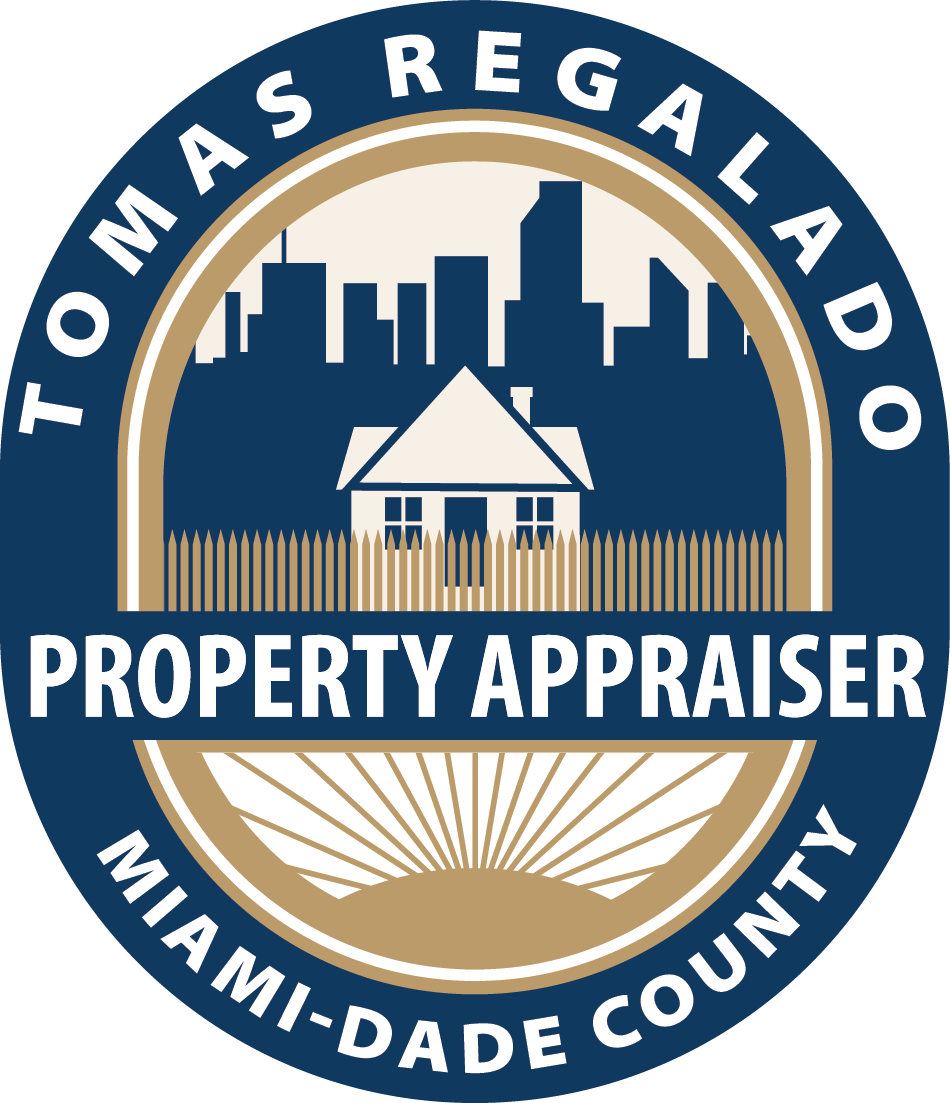Property Value
There are three types of value associated with each property: market, assessed and taxable value.
The Office of the Property Appraiser of Miami-Dade County always calculates the market value first. This is the value of your property as of January 1st each year after considering certain reductions required by law (read Section 193.011 of the Florida Statutes).
How market value is determined as of January 1st each year:
- Comparable Sales (Market) Approach – compares properties similar to your property by reviewing property sales in your neighborhood. Adjustments are made to account for differences between the properties such as size and extra features including fences and swimming pools.
- Cost Approach – considers how much it would cost, at current material and labor costs, to replace your property and takes into account any applicable depreciation.
- Income Approach – considers the income derived from income-producing properties such as rental apartments and warehouses. Specific facts evaluated are operating expenses, taxes, insurance, maintenance costs, the degree of financial risk taken in earning income from the property, and the return on the investment.
How assessed value is calculated
- Homestead Exemption Cap – Beginning in the second year a property receives a Homestead Exemption, the assessed value increase is limited to no more than 3% or the current consumer price index, whichever is lower, regardless of how much the market value increases. This limit excludes new construction, additions, and other qualified changes to the property. As the market value increases greater than the assessed value, the difference between these two numbers is the homestead assessment difference (commonly known as the Save Our Homes cap).
- Portability – Up to $500,000 of a homestead assessment differential (difference between the market and assessed values) of a property may be transferred to a new homesteaded property. The new homestead must be established within two years, that is, two consecutive January 1st after the abandonment of the previous homestead.
- Non-Homestead Cap – Properties without a Homestead Exemption automatically benefit from a Non-Homestead Cap. This limits the increases in the assessed value to no more than 10% each year regardless of how much the market value increases. This limitation does not apply to the School Board portion of property valuation and corresponding taxes.
How taxable value is calculated
The taxable value is the end result of market value minus the homestead cap, non-homestead cap, portability and any exemptions. Properties often have more than one taxable value because certain exemptions and cap limitations do not apply to all taxing authorities. For example, the senior exemptions and Non-Homestead Caps do not apply to the School Board.





